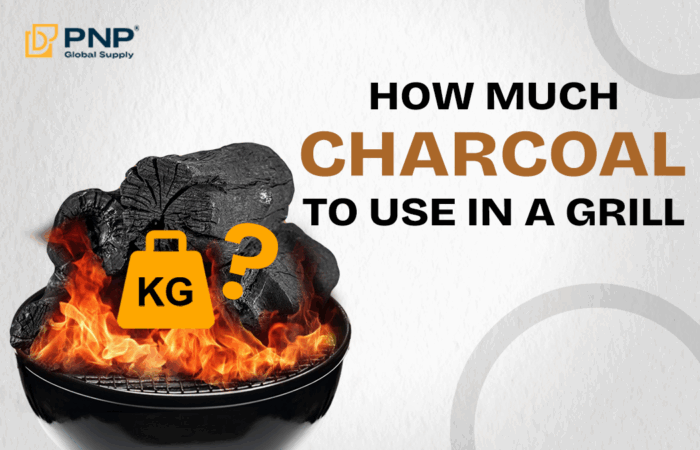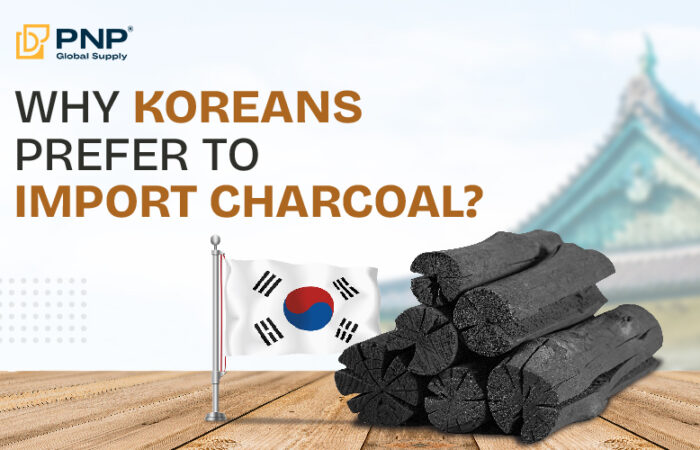Lump Charcoal, Briquette Charcoal are two of the most common types of charcoal used for grilling, and choosing the right one can significantly impact your grilling experience. Each offers distinct benefits, catering to different needs and preferences. Whether you’re a casual griller or a seasoned barbecue enthusiast, understanding the differences between Lump Charcoal vs Briquette Charcoal will help you achieve better cooking results. In this article, we’ll explore the characteristics, pros, and cons of both types of charcoal, diving deeper into their features and uses to help you make an informed decision for your next grill session.
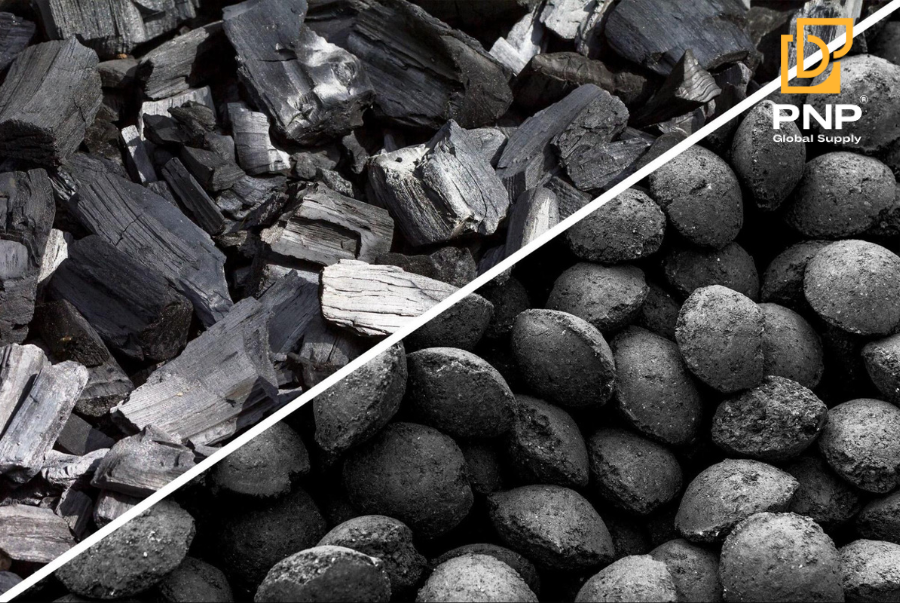
Learn about lump charcoal
What is Lump Charcoal?
Lump charcoal, often referred to as “natural charcoal,” is made by heating wood in a low-oxygen environment, a process called pyrolysis. The result is essentially pure carbon with the structure of the original wood largely intact. The wood used can vary, with hardwoods such as oak, hickory, and mesquite being popular choices for lump charcoal production.
Lump charcoal is created in a way that retains the natural flavors and aromas of the wood, making it a favorite for those seeking an authentic, natural grilling experience. It comes in irregularly shaped chunks, often of varying sizes, which can make it both an appealing and challenging fuel source.
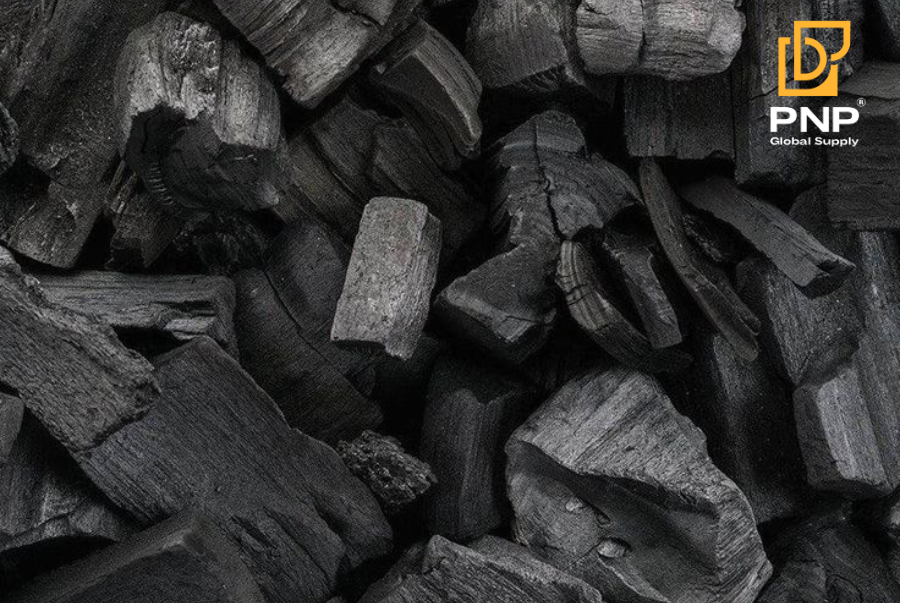
How Lump Charcoal is Made?
The process of creating lump charcoal involves burning wood in a charcoal kiln at high temperatures in the absence of oxygen. This method, which is the basis of traditional charcoal production, removes moisture and volatile compounds from the wood, leaving behind almost pure carbon. This carbon is what creates the heat when the charcoal is lit.
Advantages of Lump Charcoal
- Natural and Pure: Lump charcoal is free from additives and fillers, making it an excellent choice for those who want to avoid chemicals or artificial substances in their grilling experience. This purity can lead to cleaner flavors in the food. You can learn more about the benefits of natural grilling materials from reputable sources like The Spruce Eats.
- High Heat Output: The irregular shape and dense composition of lump charcoal allow it to burn hotter than briquettes. This is particularly beneficial for grilling meats at high temperatures, like steaks, where searing is essential for flavor.
- Quick Ignition: Since lump charcoal is not compressed and does not have binders, it ignites much faster than briquettes. This is great for those who are short on time and want to get their grill fired up quickly.
- Low Ash Production: Compared to briquettes, lump charcoal produces significantly less ash. This can lead to easier cleanup after grilling, as the ash does not accumulate as quickly.
Disadvantages of Lump Charcoal
- Inconsistent Burn: One of the main drawbacks of lump charcoal is its irregular size and shape. This can lead to inconsistent burn times and heat output, which can make it challenging to control the grill temperature.
- Limited Availability: While lump charcoal is widely available in some areas, it may be more difficult to find in regions where more industrialized forms of charcoal, like briquettes, dominate the market.
- Shorter Burn Time: Although it burns hotter, lump charcoal can burn out faster than briquettes, which may require adding more charcoal to the grill during a longer cooking session.
Learn about Briquette Charcoal
What is Briquette Charcoal?
Briquette charcoal is created by compressing charcoal powder and other additives, such as binders (usually starch) and sometimes accelerants. This compression process forms uniform pieces that are consistent in size and shape, making them easier to store and handle compared to lump charcoal.
While briquette charcoal is often made from wood by-products, some types may also incorporate other materials like sawdust or charcoal fines. The use of additives allows briquettes to burn longer and more evenly, making them a popular choice for grilling enthusiasts who require a steady, predictable heat source.
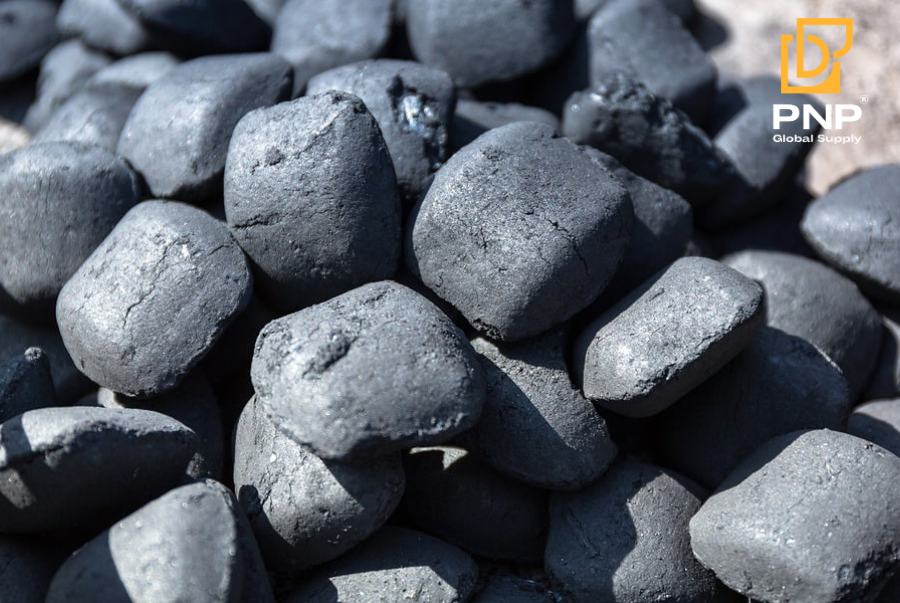
How Briquette Charcoal is Made
Briquettes are made by first turning wood or other organic materials into charcoal through a pyrolysis process. This charcoal is then ground into a fine powder, which is mixed with binders such as cornstarch to help it hold its shape. The mixture is pressed into molds to form uniform, compact pieces. These compressed pieces are then dried and packaged for sale.
Advantages of Briquette Charcoal
- Consistent Burn and Temperature Control: Briquettes burn more evenly than lump charcoal, offering a more predictable cooking experience. This is especially helpful for long cooking sessions where steady heat is crucial.
- Longer Burn Time: Due to their denser construction, briquettes tend to burn for a longer period, making them ideal for slow-cooking methods or extended grilling sessions, such as smoking or roasting.
- Affordable: Briquette charcoal is generally more affordable than lump charcoal, making it a more economical option for frequent grillers or those who need to use large quantities of charcoal for bigger gatherings.
- Easy to Use and Store: The uniform shape and size of briquettes make them easier to handle, store, and light. Their consistency also ensures that you can control the temperature more easily during cooking.
Disadvantages of Briquette Charcoal
- Additives and Chemicals: The primary disadvantage of briquettes is that they often contain additives such as binders, chemicals, and accelerants. These substances may alter the flavor of the food and can produce more ash than lump charcoal.
- Slower Ignition: Briquettes take longer to light than lump charcoal, as they are denser and contain more binders. This means you may need more time to get your grill up to temperature.
- Increased Ash Production: While briquettes burn longer, they also produce more ash than lump charcoal. This requires more frequent cleaning of the grill and can lead to a messier grilling process.
- Less Natural Flavor: The additives in briquettes can impact the natural flavor of the food, which may not appeal to those who value the pure, smoky flavor that lump charcoal provides.
Key Differences Between Lump Charcoal vs Briquette Charcoal
- Shape and Composition: Lump charcoal is made from whole pieces of wood and has an irregular shape, whereas briquettes are uniform in shape and size due to the compression process. This difference affects how each type burns and how easy it is to control the temperature.
- Burning Characteristics: Lump charcoal burns hotter and faster, making it ideal for searing meats and grilling at high temperatures. Briquettes burn more evenly and for a longer duration, making them better for slow cooking and smoking.
- Heat Output and Control: Lump charcoal provides higher heat, but it can be harder to control due to its varying sizes. Briquettes, on the other hand, offer more consistent heat and temperature control, making them better suited for indirect grilling or slow-cooked meals.
- Flavor Impact: Lump charcoal imparts a cleaner, more natural flavor to food since it is free from additives.

Use cases for lump charcoal vs briquette charcoal
Ideal Use Cases for Lump Charcoal
Lump charcoal is best suited for grilling methods that require high heat and quick cooking times. If you’re grilling steaks, burgers, or vegetables and want to achieve a perfect sear, lump charcoal is the way to go. It is also favored by those who want the authenticity of natural charcoal, as well as those who are looking for a charcoal that will ignite quickly and burn hotter.
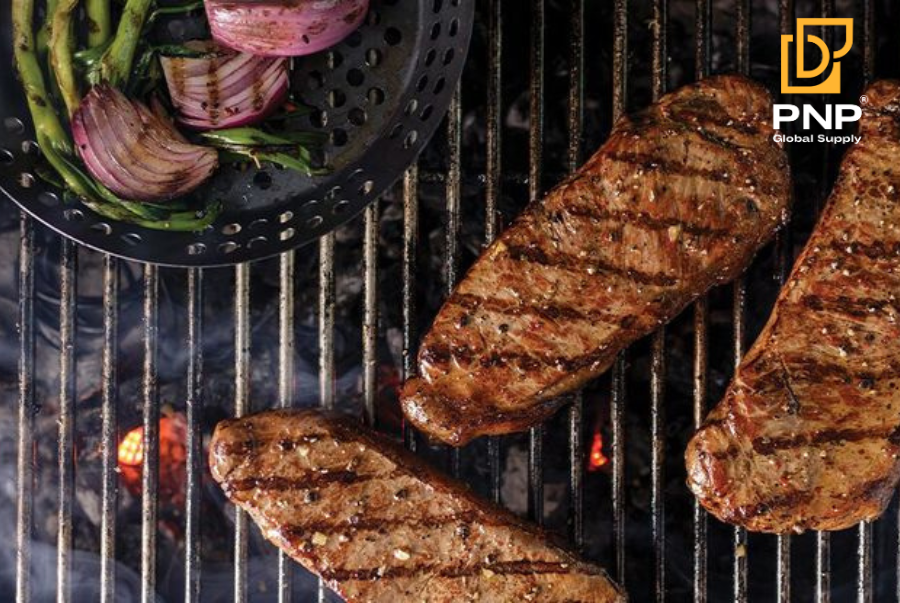
Ideal Use Cases for Briquette Charcoal
Briquettes are ideal for long, slow grilling sessions, such as smoking, roasting, or indirect cooking. Their ability to maintain a consistent temperature for extended periods makes them perfect for slow-cooked ribs, pulled pork, or even pizza. Briquettes are also an excellent choice for beginners or those who prioritize convenience and affordability.
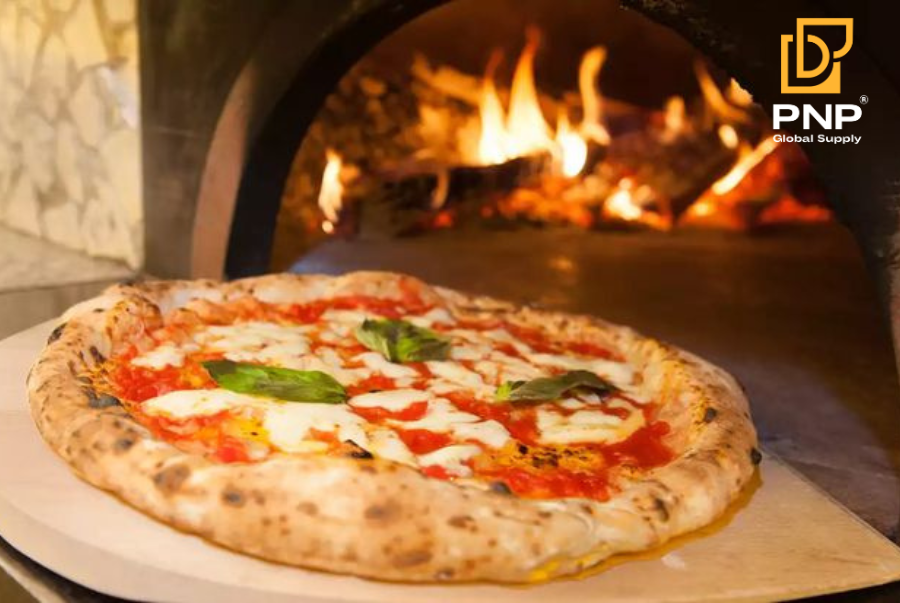
Which One Should You Choose?
The choice between lump charcoal vs briquette charcoal ultimately depends on what you value most in your grilling experience. If you prioritize quick heat, natural flavor, and a traditional grilling experience, lump charcoal might be the right choice for you. On the other hand, if you need a more consistent burn, longer cooking times, and a more affordable option, briquettes could be a better fit.
For those who enjoy experimenting with different grilling techniques, mixing both types of charcoal may provide the best of both worlds. You can use lump charcoal for high-heat searing and briquettes for slow, steady cooking.
At PNP Charcoal, we provide premium-quality charcoal products tailored to elevate your grilling experience. Explore our selection at www.pnpcharcoal.com.
Conclusion
The decision between lump charcoal vs briquette charcoal ultimately depends on your grilling style, preferences, and the type of cooking you plan to do. Lump charcoal offers high heat and a natural flavor, making it perfect for quick, high-temperature grilling. Briquettes, with their consistent burn and longer cooking times, are ideal for slow-cooked dishes and budget-conscious grillers. By understanding the advantages and disadvantages of each type, you can select the best charcoal to suit your needs and elevate your grilling game.
________________________________
Contact us for more information
Facebook: PNP Charcoal
Instagram: PNP Charcoal
Email: info@pnpglobalsupply.com

